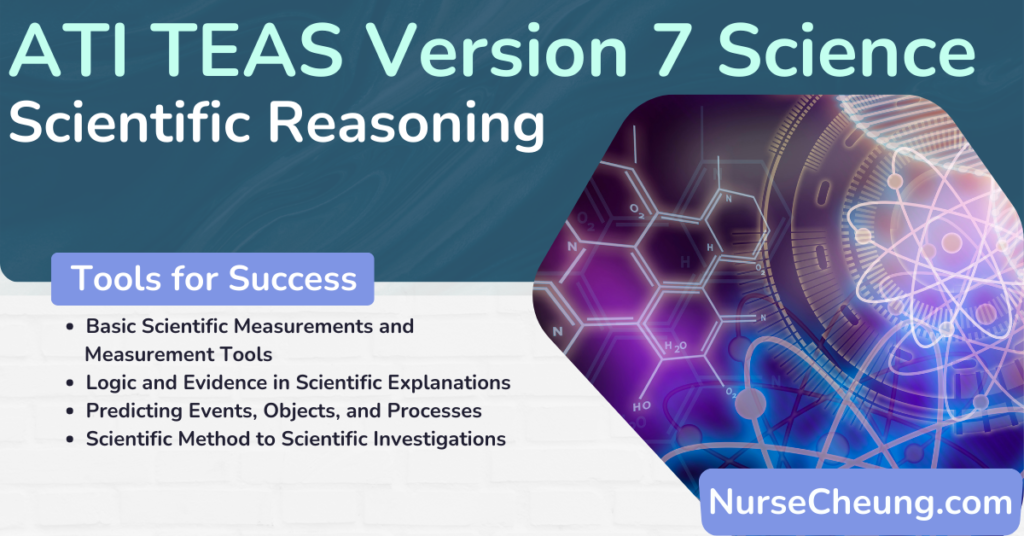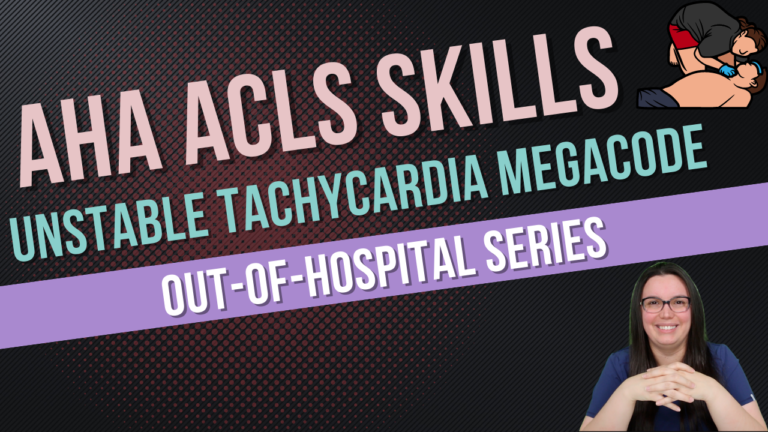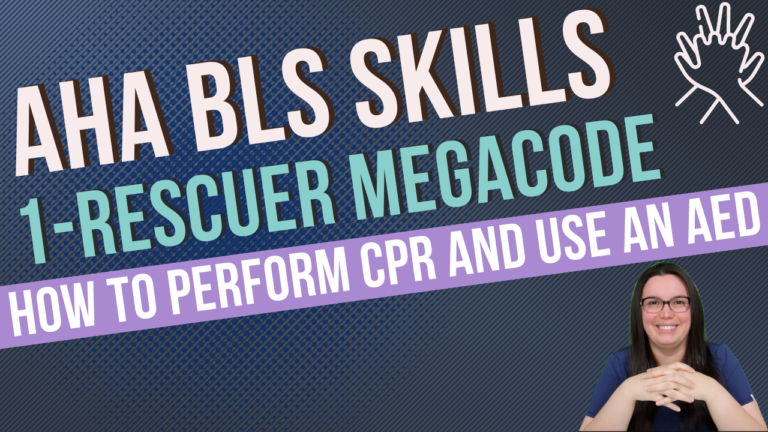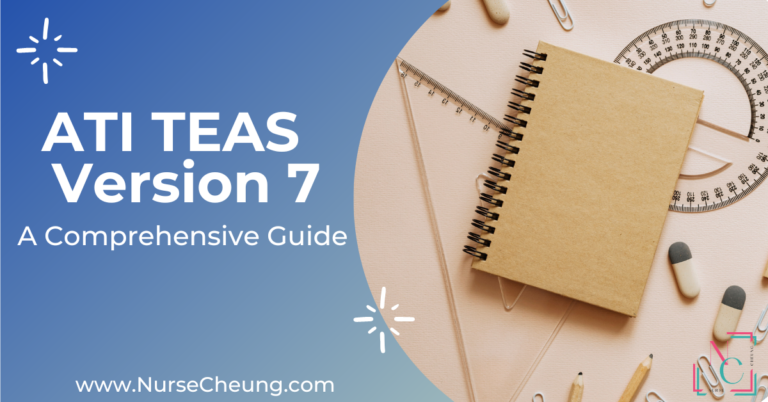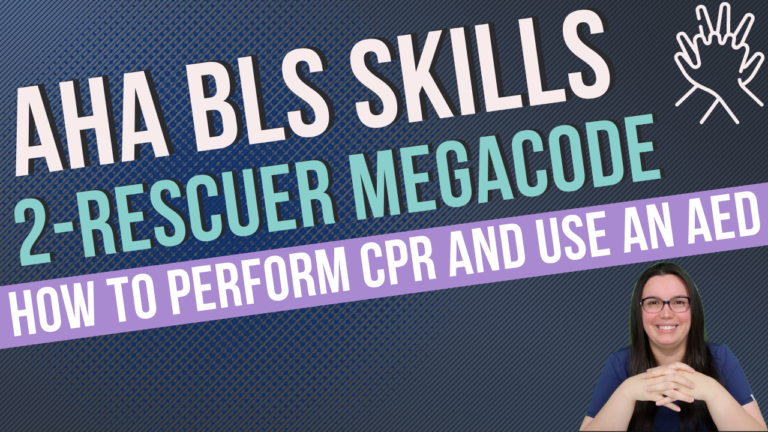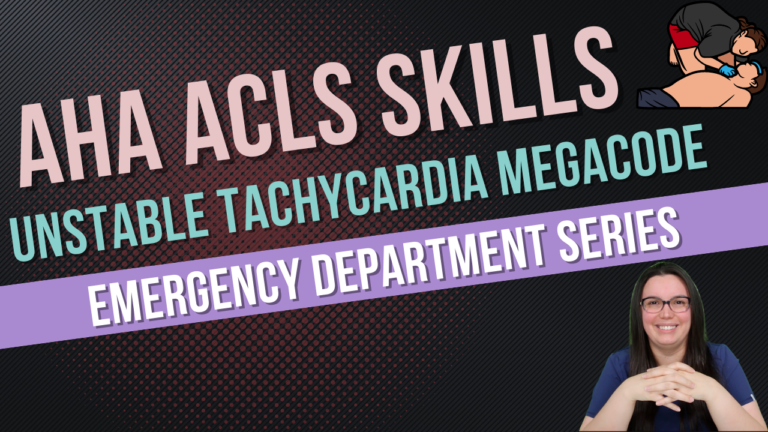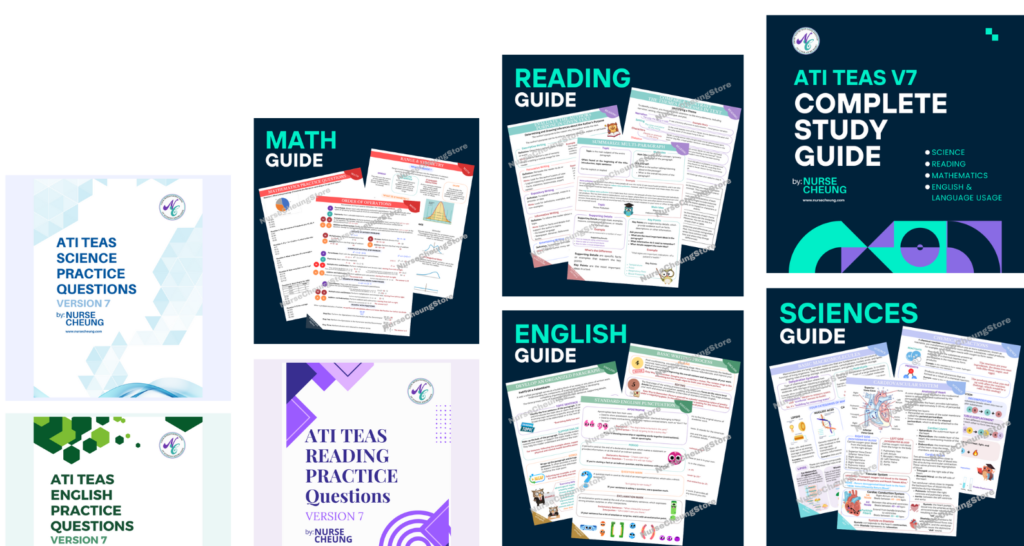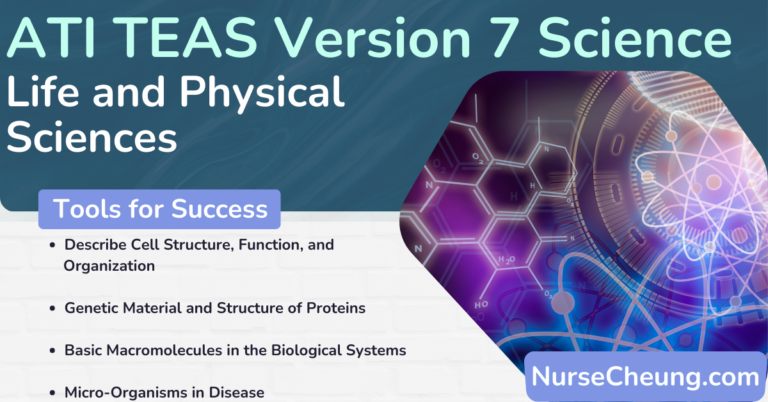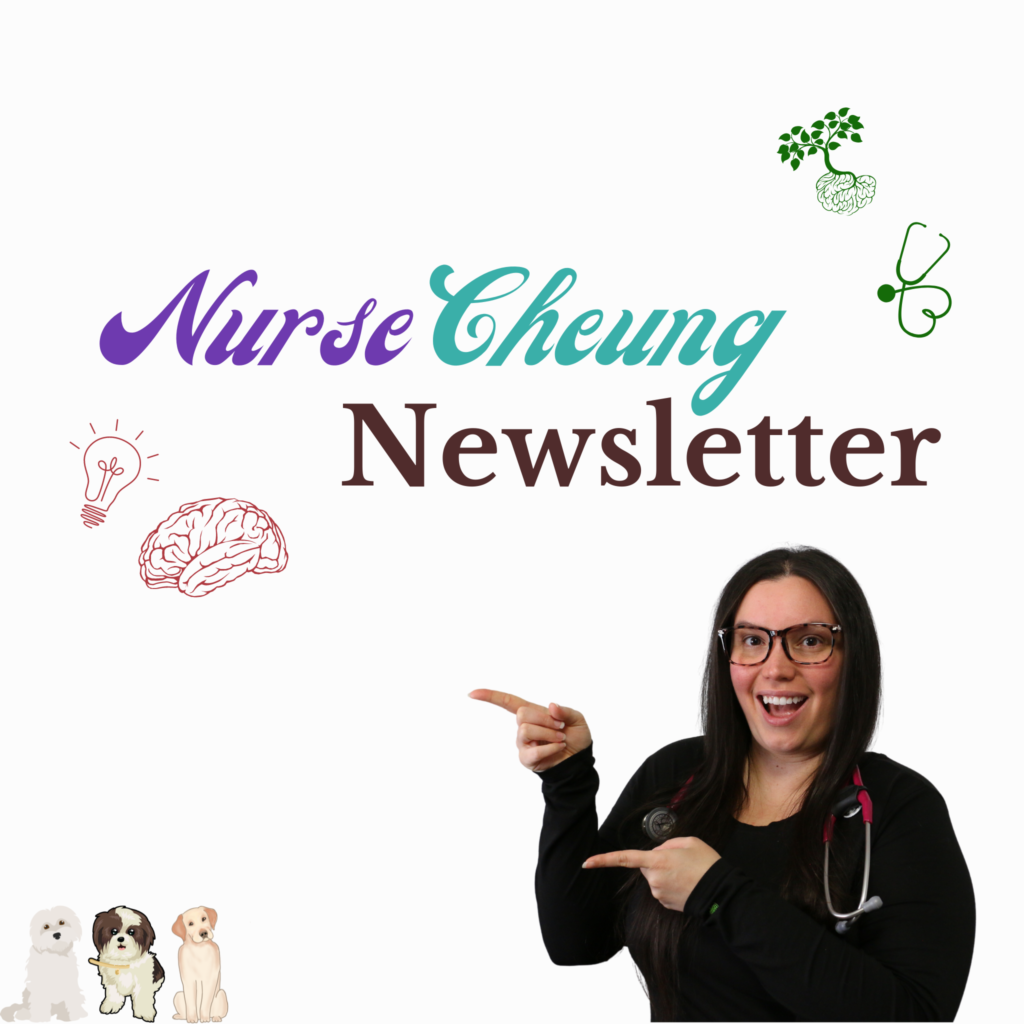The ATI TEAS Science section is one of the most challenging for many test-takers. This is largely due to the fact that it covers scientific reasoning, which can be difficult to understand if you’re not familiar with the topic.
In this guide, we will break down scientific reasoning and discuss some strategies that you can use to answer the questions in the ATI TEAS Science section.
We’ll also provide a few practice questions so you can see how these concepts work in action.
Objectives for Scientific Reasoning
Total scored items on ATI TEAS: 9 questions out of 44
Basic Scientific Measurements and Measurement Tools
Units of Measurement
Scientists utilize the metric system to measure and record their findings. The metric system is based on the International System of Units, which uses the following units:
- Length/distance: meter (m)
- Mass: kilogram (kg)
- Volume: liters (L)
Dimensional analysis is used to convert from one unit of measurement to another. This is often done by using a conversion factor, which is a ratio that compares two different units of measurement.
For example, if you want to convert from meters to centimeters, you would use the following conversion factor:
- length in centimeters = length in meters x 100
To use this conversion factor, you would set up the equation as follows:
- length in centimeters (unknown) = length in meters (given) x 100
You would then solve for the unknown, which in this case is the length in centimeters.
Another example, if you want to convert liters to milliliters, you would use the following conversion factor:
- volume in milliliters = volume in liters x 1000
You would set up this equation as follows:
- volume in milliliters (unknown) = volume in liters (given) x 1000
As you can see, conversion factors are simply ratios that compare two different units of measurement.
Selecting a Measurement Tool
When scientists are conducting experiments, they must choose the appropriate measurement tool for the task at hand.
For example, if they need to measure the length of an object, they would use a ruler, meter stick, or a tape measure. Length is the distance from one end to another end of an object.
If they need to measure the volume of a liquid, they would use a graduated cylinder or volumetric pipette. Volume is measured by the amount of space an object takes up.
And if they need to measure the mass of an object, they would use a balance. Mass is measured by the amount of matter in an object.
It’s important to choose the right measurement tool for the job because using the wrong tool can lead to inaccurate results.
Choosing an Appropriate Scale of Measurement
In addition to choosing the right measurement tool, scientists must also choose an appropriate scale of measurement.
For example, if the mass of an object is very large it will likely be measured in kilograms very grams to be more efficient.
But if the object being measured is very small, such as a dust particle, it might be necessary to use milligrams or micrograms.
The same is true for length and distance. If the object being measured is very large, such as a building, it might be necessary to use kilometers or miles.
But if the object being measured is very small, such as a molecule, it might be necessary to use nanometers or picometers.
Again, it’s important to use the appropriate scale of measurement to ensure accuracy.
Apply Logic and Evidence to a Scientific Explanation
Drawing Conclusions
Empirical evidence is information that is gathered through observation and experimentation.
This type of evidence can be qualitative, which means it can be described in terms of quality or characteristics, or quantitative, which means it can be described in terms of quantity or amount.
In order to have confidence in the data that scientists collect, experiments are repeated with the same variables and procedures as previously performed.
When the results of these experiments are consistent with each other, they are said to be reproducible.
If the results of an experiment cannot be reproduced, this indicates that there is something wrong with the experiment and it must be repeated.
For example, consider a scientist is trying to determine the effect of a new drug on patients with a certain disease.
The scientist gives the drug to a group of patients and observes them over time.
The scientist then compares the results to a control group of patients who did not receive the drug.
If the results of this experiment cannot be reproduced, it means that the drug might not be effective.
Therefore, the scientist would need to repeat the experiment with a new group of patients to see if the results are reproducible.
If the results are still not reproducible, this would indicate that the drug is not effective and should not be used.
In order to make confident conclusions about the results of an experiment, scientists must use empirical evidence.
Identifying Cause and Effect Relationships
A cause is something that produces an effect and an effect is the result of a cause.
In order for scientists to identify a cause-and-effect relationship, they must use empirical evidence.
Consider the previous example of a scientist trying to determine the effect of a new drug on patients with a certain disease. The scientist would be to identify if the effect of the medication is working on the specific disease.
Evaluating Evidence
When scientists are evaluating evidence, they are looking at whether or not the evidence is reliable and valid.
Reliable evidence is information that can be trusted and is consistent.
Valid evidence is information that accurately represents what it is supposed to represent.
In order to determine if the evidence is reliable and valid, scientists must use a process for analyzing data that is free from bias. They avoid this by experimenting with placebo groups.
A placebo is a harmless substance that has no therapeutic effect.
By using placebo groups, scientists can be sure that any effects seen are due to the drug and not due to other factors.
Scientists also rely on independent variables and controlled variables.
An independent variable is a variable that is being tested and is not affected by other variables.
A controlled variable is a variable that is not being tested and is held constant.
For example, a scientist might be testing the effect of a new drug on patients with a certain disease.
The independent variable would be the new drug and the controlled variables would be the disease and the patients.
By keeping the controlled variables constant, scientists can be sure that any changes seen are due to the independent variable.
Predicting Relationship among Events, Objects, and Processes
Comparing Magnitude
When scientists are trying to determine the relationship among events, objects, and processes, they often use evidence from experiments to make predictions.
In order to make predictions, scientists must be able to compare the magnitude (size) of the evidence.
For example, the diameter of human hair can be measured in micrometers whereas the height of a human may be measured in meters.
It is important to understand the concept of scale when comparing the magnitude of evidence.
Determining Casual Relationships and Sequence of Events
Casual relationships are difficult to determine. As we know a cause is something that produces an effect and an effect is the result of a cause.
In order for scientists to identify a cause-and-effect relationship, they must use empirical evidence between the two variables.
Examples can include high blood pressure and vascular disease.
Determining a casual relationship could involve identifying the sequence of events that leads to a consequence.
For example, a sequence of events may include the process of body temperature increases and the breakdown of glycogen in the liver.
The sequence of events would be as follows:
First, the body temperature increases.
Second, the brain alerts the sweat glands to begin sweating.
Apply the Scientific Method to interpret a Scientific investigation
Identify a Relevant Hypothesis Based on a Given investigation
The scientific method is a process that scientists use to answer questions about the world around them.
The steps of the scientific method are as follows:
- First, identify a problem or question.
- Second, gather information about the problem or question.
- Third, form a hypothesis, which is a possible answer to the problem or question.
- Fourth, design and conduct an experiment to test the hypothesis.
- Fifth, analyze the data from the experiment and draw conclusions.
- Sixth, communicate the results of the experiment.
The scientific method is an important tool that scientists use to interpret scientific investigations.
A relevant hypothesis is a hypothesis that is based on the information given in an investigation.
For example, if a scientist is investigating the effect of a new drug on patients with a certain disease, the relevant hypothesis would be that the new drug will cure the disease.
Another example of a hypothesis may be that a new diet will help people lose weight.
Describe a Simple Experimental Design to Test a Hypothesis
A scientific hypothesis is a prediction of may occur during an experiment based on previously gathered background research. The experiment must be conducted to identify if the hypothesis is accurate and valid.
For example, an experiment may be conducted to identify the effect of sugary drinks and their relationship to obesity.
The independent variable would be the sugary drinks and the dependent variable would be obesity.
The control group would be given carbonated water to drink and the experimental group would be given sugary drinks.
Both groups would be monitored to see if there is a difference in weight gain.
The results of the experiment would help to validate or invalidate the hypothesis.
A simple experimental design to test a hypothesis should include an independent variable, a dependent variable, and a control group.
Another important aspect may be to consider the size of each experimental group.
If the sample size is too small, the results of the experiment may not be accurate.
It is important to carefully design an experiment in order to obtain accurate and reliable results.
Identifying Dependent Variables, Independent Variables, and Experimental Controls
When conducting an experiment, it is important to identify the dependent variable, independent variable, and experimental controls.
The dependent variable is the variable that is being measured in the experiment.
The independent variable is the variable that is being manipulated in the experiment.
The experimental controls are the conditions that are kept the same in the experiment.
For example, if a scientist is investigating the effect of 8 hours of sleep helping people be more alert.
The dependent variable would be alertness, the independent variable would be sleep, and the experimental control would be to keep all other conditions the same.
Determine Whether Experimental Results or Modules Support or Contradict a Hypothesis, Prediction, or Conclusion
The results of an experiment may support or contradict a hypothesis, prediction, or conclusion.
For example, if the hypothesis is that a new drug will cure a disease, the results of the experiment may support or contradict this hypothesis.
If the experimental results show that the new drug does indeed cure the disease, then the hypothesis is supported.
However, if the experimental results show that the new drug does not cure the disease, then the hypothesis is contradicted.
It is important for scientists to carefully analyze the results of an experiment in order to determine whether the hypothesis, prediction, or conclusion is supported or contradicted.
In some cases, the results of an experiment may be inconclusive.
This means that the results of the experiment are not clear and more research is needed.
Inconclusive results are often frustrating for scientists, but they provide an opportunity for further research.


